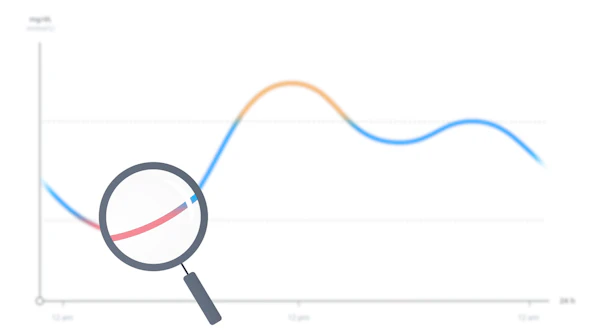Understand how patients and HCPs can benefit from using Time in Range to gain a better understanding of the individual person with diabetes and their glucaemic variability.
Why is Time in Range important?
TIR is important because whilst using HbA1c as the sole blood glucose measurement, >3/4 of adults living with diabetes still do not reach their treatment goals.

Time in Range compliments HbA1c, as people with the same HbA1c could have different Time in Range values, and understanding these insights are an opportunity for more informed treatment decisions.
TIR, together with Time below Range (TBR) and Time above Range (TAR), provides healthcare professionals and people with diabetes a more comprehensive insight into potential glucose fluctuations to help them make more informed, data-led decisions to improve glucose control. [CHEH2019] [KOVA2016]
Emerging evidence suggests that TIR is inversely correlated to risk of developing microvascular and macrovascular complications in patients with diabetes
How does TIR complement HbA1c?
TIR can be used as a metric for providing a more detailed view of an individual patients’ glycaemic control, predicting the risk of diabetes complications, and determining the outcome of clinical studies
- There is a good correlation between HbA1c and %TIR across a broad range of subjects (T1D and T2D), ages, and technologies across 18 studies
- For every absolute 10% change in %TIR, there was a ~0.8% (9 mmol/mol) reduction in HbA1c
Frequency of developing microvascular complications according to level of TIR (70-180 mg/dL) computed from quarterly seven-point blood glucose testing.
A: Retinopathy B: Microalbuminuria
Blood glucose concentrations were measured at a central laboratory from seven finger stick samples (seven-point testing: pre- and 90-min postmeals and at bedtime) collected during one day every three months. Retinopathy progression was assessed every six months and urinary microalbuminuria development every 12 months.[BECK2019]